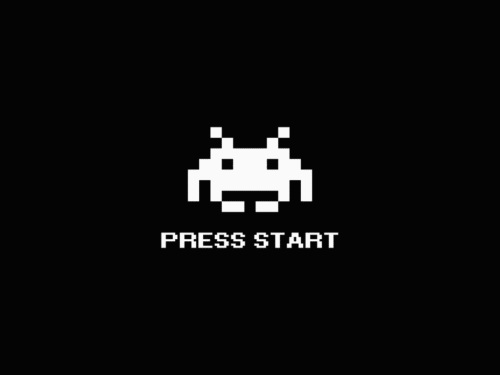DualMondays is a more or less weekly column by Jim Spanos (a.k.a. Dualnames) on game design, adventures and all sorts of highly intriguing things.
Related @ Gnome's Lair:
I know the lot of you really like cool retro arcade games that sport huge, monstrous, ridiculous bosses throughout their span. But thing is almost every kind of game is taking advantage of this feature. And why wouldn't they? Boss fights in their core are overhyped, outrageous gameplay segments that decide your worth and mastery of the game. They get you tense, they make you feel good about yourself, they make you lose your cool and mind over them, as you waste countless hours of button smashing and thinking around the box in the process of overcoming the improbable odds and coming out victorious.
 |
| Sometimes, it hurts. |
But what does a boss fight consist of? What are the main elements it requires to be classified as such? Usually boss fights take a set of moves previously used by the player as part of the gameplay and make you use them in a different way. For example, in Portal you are taught the incineration mechanism used in the final boss fight by doing so in the earlier game with the Love companion. Additionally, placing the portals to make a turret shoot missiles at itself is also introduced earlier in the game. That's the way the game designer is teaching you the elements/attacks that you will require to execute under different conditions and parameters to accompish your goal(s).
But what about genres that are less action-packed? Can boss fights be equally effective across genres? The answer is simple. If done right, yes. Take the sequel to Monkey Island. Le Chuck's Revenge was published back in 1991 and happens to be a shining example. Initially helping the player construct a basic voodoo doll by categorizing the basic four items it requires into four big differentiated themes, will prove immensely helpful when the player is required to repeat the process towards the game's finale. To me, even if Guybrush is almost immune to Le Chuck's attacks, the mental stress and tension that is built during the introductory scene, helps making this boss battle one of the most memorable and stressing I've ever encountered.
 |
| Does it get more soul-tearing than this? |
And said tension and story-driven pace is what dictates all boss fights. It's about facing the last obstacle standing in your way in order to advance the story. It's not just solely to prove your mastery of the game's mechanics; these fights drain you both physically and emotionally. It's the confrontation of two diametrically different, yet so alike, paths.




